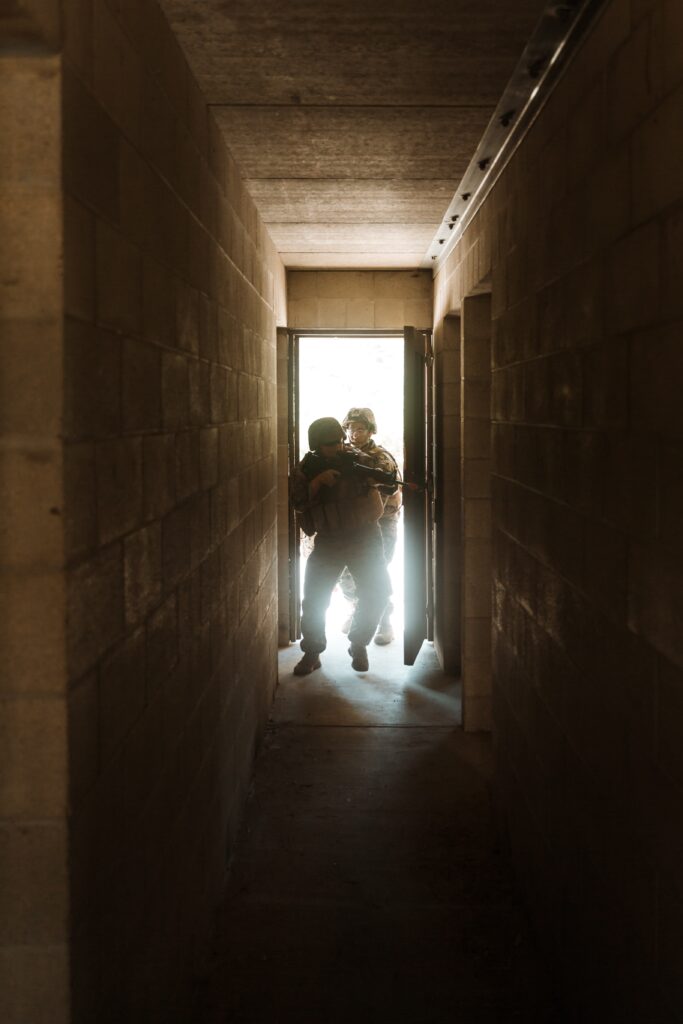Wearing hearing protection does not shield a vital situational awareness system called your vestibular system. [1]
Your vestibular system is in your inner ear, just deeper than your hearing system.
If you can move and keep a target in focus, if you have fast reactions and the ability to move with your head on a swivel, thank your vestibular system.
Exposure to a lot of noise, even with hearing protection, can decrease the capability of your vestibular system.
Tactical athletes are exposed to a lot of noise, and they rely heavily on the performance of their vestibular system for situational awareness. But chronic exposure to noise can slowly chip away at the performance of your vestibular system.
When your vestibular system isn’t performing at its highest level you will often find yourself slowing down. You will compensate for its weakness by decreasing the speed of your head movements and footwork.
While this will be subtle at first, with continued exposure and a lack of strengthening of this systems capacity, you could develop symptoms of dizziness and imbalance.
Wear your hearing protection to protect your auditory system, but proactively train your vestibular system for performance. And if you have symptoms of dizziness or imbalance, communicate your symptoms and noise exposures to your medical team.
References:
- Ertugrul, S., Soylemez, E., & Gurel, T. (2021). Effectiveness of hearing protection apparatus in preventing noise induced vestibular loss. International Journal of Environmental Health Research, 1-10.

Tactical athletes are exposed to a lot of noise. They also rely heavily on their vestibular system for performance.
If you are working with tactical athletes, incorporating training of the sensory systems is vital.
Learn more about training the sensory systems for performance in the tactical population with the course Prepare for Chaos.
Every millisecond matters.
